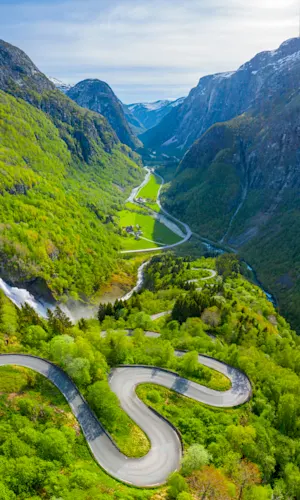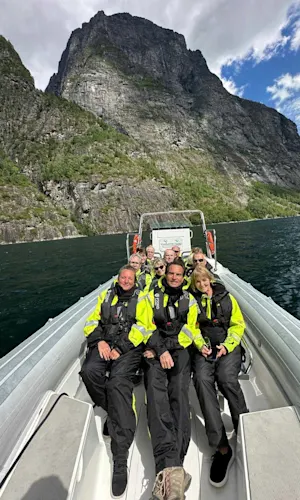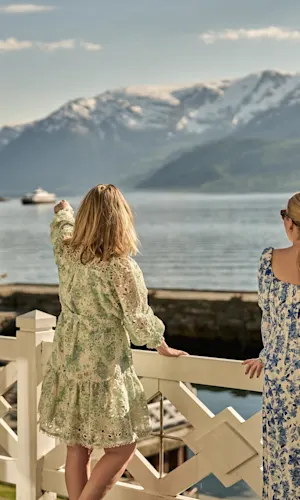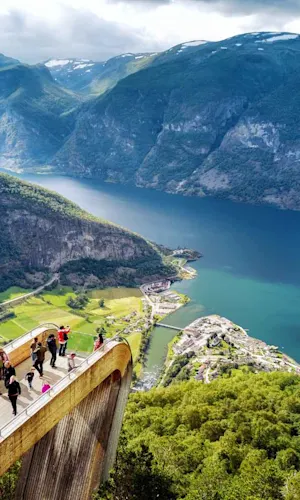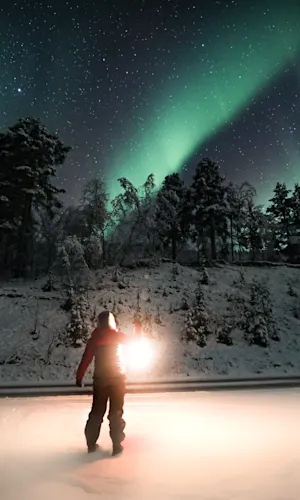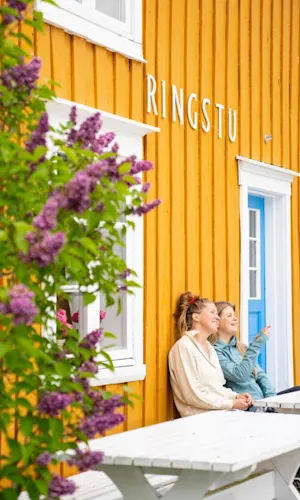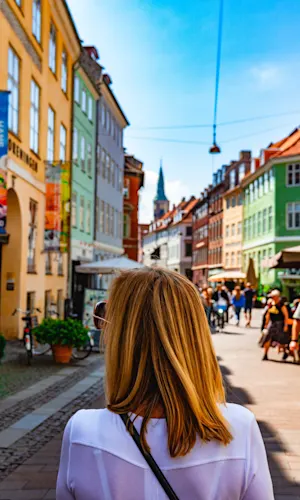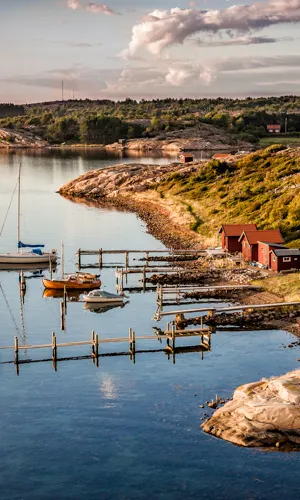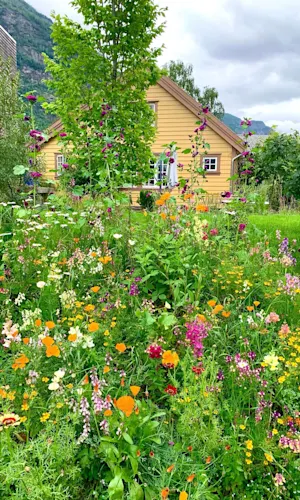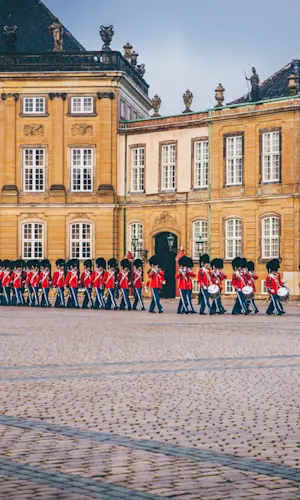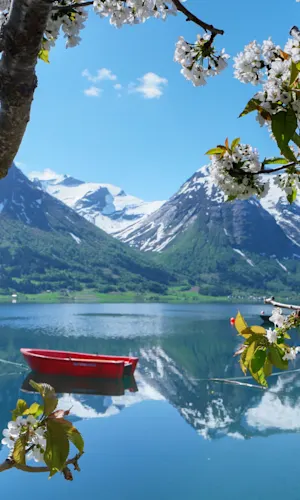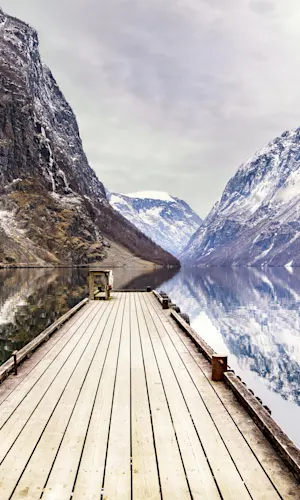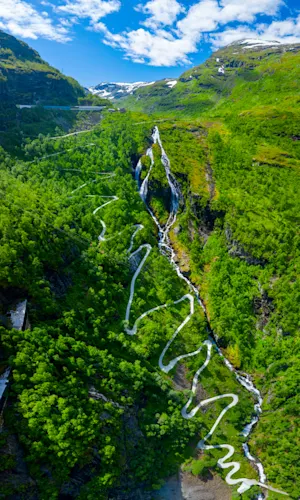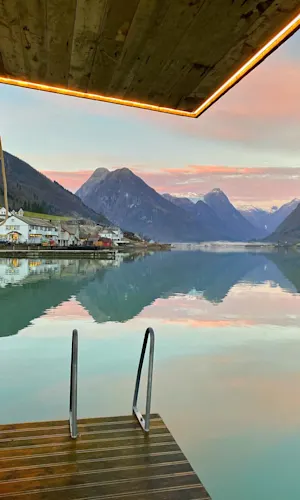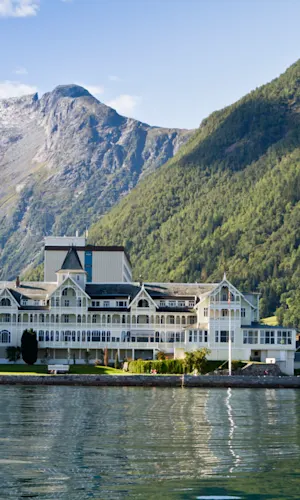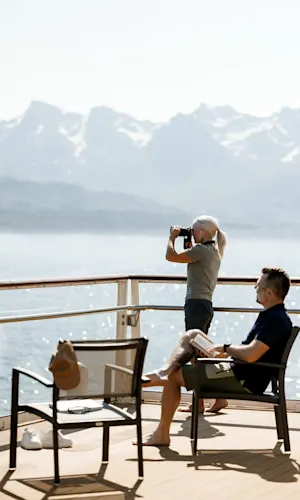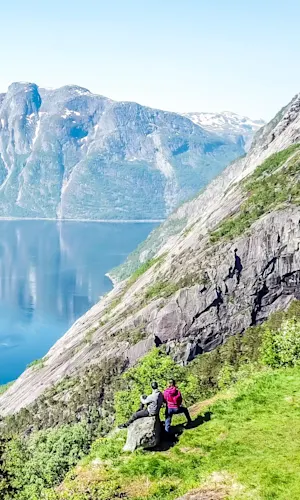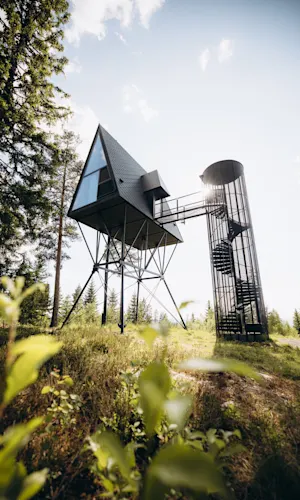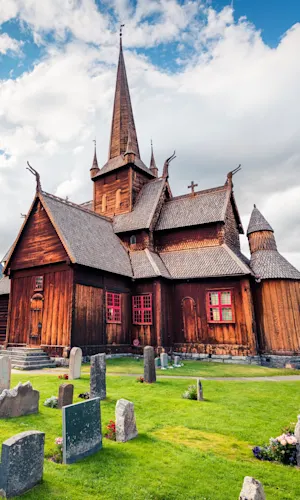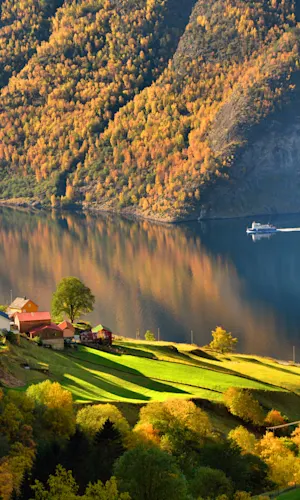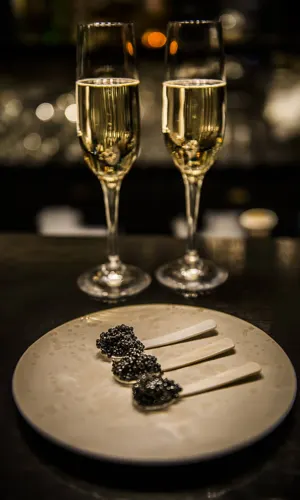Oslo
The tranquil and picturesque capital of Norway.
Oslo lies at the inner reaches of the Oslo Fjord and is a tranquil and picturesque capital. Oslo is home to the Kon-Tiki and new National museums, as well as the famous Holmenkollen ski jump and the statue park of Gustav Vigeland.
A stroll along the harbour with its many old wooden tall ships followed by a cold beer in the evening sun along Aker Brygge is well worth it. Oslo is also one of the capitals in Europe with the largest number of bars and restaurants per capita, and night life is plentiful.
The history of the city can be traced back over 1,000 years. Oslo was founded in 1048, by the King Harald Hardråde. The city became capital of Norway around 1300, but lost its privileges during the Danish-Norwegian union from 1348 to 1814. In 1624, a fire devastated old Oslo, and the city was moved some kilometres west to gain protection from the fortress at Akershus. The city was renamed Christiania, after the Danish king Christian IV, a name that remained until it was officially renamed on January 1st 1925 to Oslo.
Oslo, with its approximately 453 square kilometres, is one of the largest capitals in the world by area. Granted, most of this is forest, making Oslo a city in close contact with the nature surrounding it.
Oslo is situated in an amphitheater-like setting, with the city centre in the bottom close to the Oslo fjord, and residential areas stretching uphill from there in all directions. Behind the residential areas, the forested area of Marka (Nordmarka, Østmarka, Lillomarka) extends, with flora and fauna that is quite extraordinary for a city of this size. Moose are commonplace (easily spotted in winter), and the whole of the capital is part of Norway's wolf reserve (even if they rarely come here). Polar bears are NOT common in the city centre, even some might think so, due to old stories about Norway.
The Oslo fjord is a lake in the Skagerrak bay, stretching inland from the North Sea towards Øresund and the Baltic Sea. Oslo has an impressive archipelago of islands, which in summer becomes the city's favoured playground.
If you are planning on travelling to Bergen on the Oslo to Bergen Train journey, read more about it here.
WALK: Skjennungstua
Take metro line No 1 from any subway station in central Oslo to the final stop at Frognerseteren. Then set off on foot, following the signposted paths towards Skjennungstua—a lovely 7km round-trip through the forested hills above the city. Stop for lunch at Skjennungstua, with its fantastic view over Oslomarka, Oslo’s green space; http://skjennungstua.no.
WINTER FUN: The Corkscrew
For an adrenalin kick, ride the Korketrekkeren (corkscrew) tobogganing track at Frognerseteren. Search for ‘‘The Madness—Korketrekkeren in Oslo’’ on YouTube to get the full picture.
BEACH: Huk
Bring your bathers, a packet of Leif Vidar sausages and a disposable barbecue and join the locals atHukon the Bygdøy peninsula in the city’s west. This is where Oslo folk spend their summer afternoons and long evenings, enjoying the warm water, having something to eat and sunbathing; http://visitoslo.com.
CITY TREASURE: Shrimps at Rådhuskaia. Pick up a loaf of white bread and some mayo, and head down to Rådhuskaia (the harbour in front of the town hall). Fishermen start selling their freshly caught and very tasty shrimps (an Oslo treasure) at 7am, so it pays to be early.
